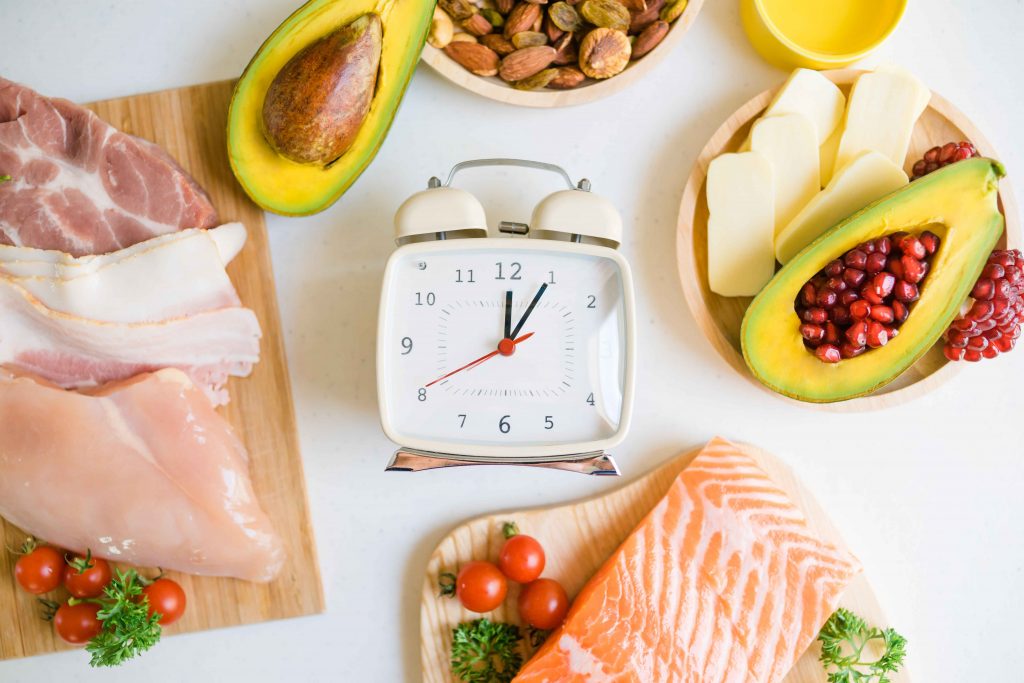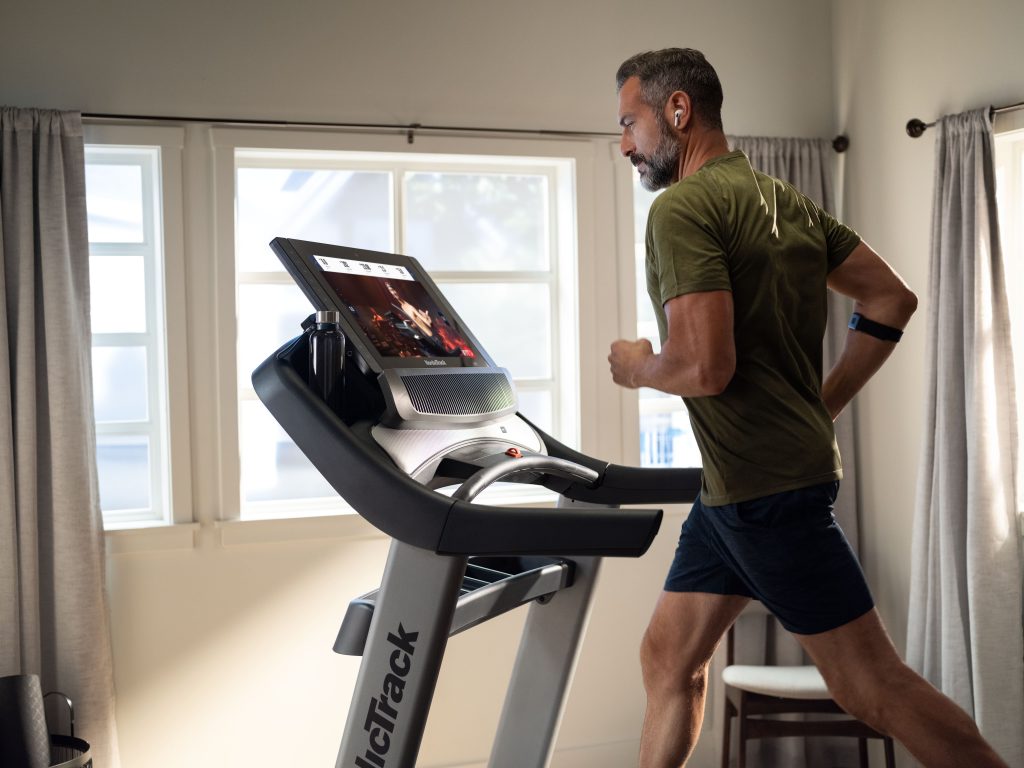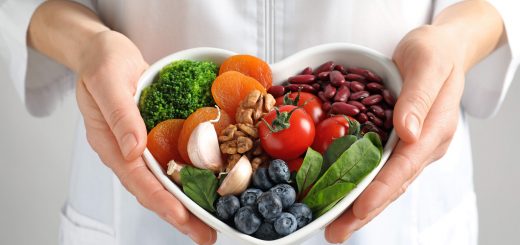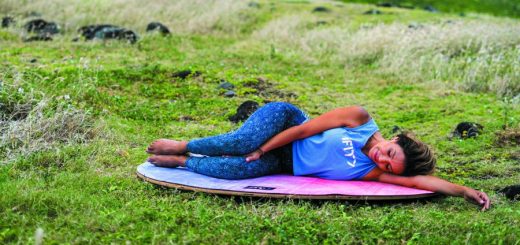If I train without eating, do I burn fat better?
Training on an empty stomach has a fat-burning effect. Fact or fiction? Without bias and with scientific arguments that are easy to understand, the #ProFormTeam helps me make up my own mind on the matter because if I do sport, it is, above all, to do myself good. I want to be well informed so that I can make the best choices.
True or false: fasting training boosts fat burning?

Does training without eating encourage the consumption of fat during exercise? Opinions are divided, and the results of scientific studies on this subject are mixed, to say the least. Before putting on my sports outfit at the crack of dawn and skipping breakfast, I want to find out if this practice really works and, above all, whether training on an empty stomach is good for my health.
Several research studies have been conducted to explore this issue:
- First, to clarify an essential point, a study shows that this practice does not make you lose weight and does not result in weight loss, but it does promote the oxidation of fats during and after exercise.
- Other experiments confirm this phenomenon, for example, on a group of men who practised fasting during Ramadan: they seem to have burned more fat during exercise than those who had eaten before training, with a slight improvement in cardiorespiratory capacity (VO2 max) also noted.
- However, in 2014, an article published in the Journal of the International Society of Sports Nutrition concluded, after a larger-scale study, that endurance exercise on an empty stomach is not associated with significant differences in body composition compared to the same exercise with food.
To form an opinion on the subject, let’s take a look at the body’s energy production, and the effects that exercise on an empty stomach can have.
What happens when I train without eating?

The body uses the 3 macronutrients present in food to produce energy: carbohydrates, fats and proteins. Sugars, in particular, are combined with oxygen to make the glycogen stock that will be the fuel that can be immediately mobilised during sport. Fats, stored in muscle and fatty tissue, can also be used to provide energy when glycogen stores are depleted.
After a night’s sleep, the last meal was about 10 to 12 hours ago. Glycogen stores are at their lowest. The theory is that the body draws more quickly on its fat reserves to produce energy and, therefore, more fat is consumed during the session.
However, the mobilisation of fat reserves is also limited. The decomposition of fats is a very oxygen-intensive phenomenon. By doing sport without having eaten, I run the risk of exhausting myself quickly, especially if I train at high intensity, in addition to being certain not to achieve my best performance.
I take care of myself

In a particular context, for example, if I am a marathon runner or an experienced bodybuilding athlete in a dry period and accompanied by a coach, and if I have no health problems, I can occasionally test this technique, but by taking a few precautions:
- No more than 2 fasting sessions per week
- Never for more than 90 minutes
- Not for HIIT or high-intensity exercise
To make the most prudent choice, I remember that burning more fat does not mean spending more calories: in fact, my energy balance is better when I eat breakfast before doing sport than on an empty stomach, as demonstrated by a scientific study published in the British Journal of Nutrition in 2013. In concrete terms, more calories are burned during the session if I eat beforehand.
To lose weight, I have to use more calories than I consume. This calculation is easy to remember and is a sure-fire way to lose those extra pounds without compromising my health. My body composition will naturally harmonise as I work out because as my muscles grow, they will use more calories to function!







